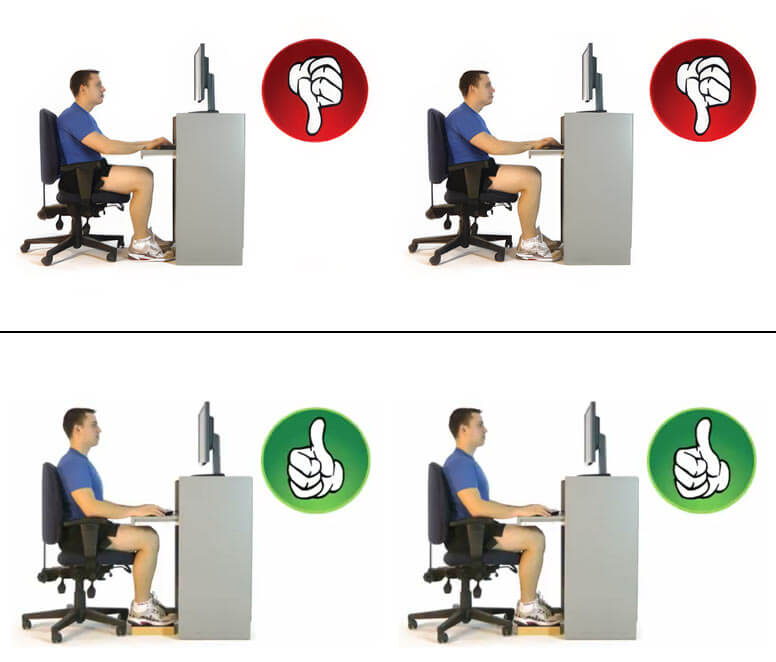Moving safely
Follow these steps to maintain good posture throughout the day.
Coughing and sneezing
What to avoid
Try not to bend forward quickly when you cough or sneeze.
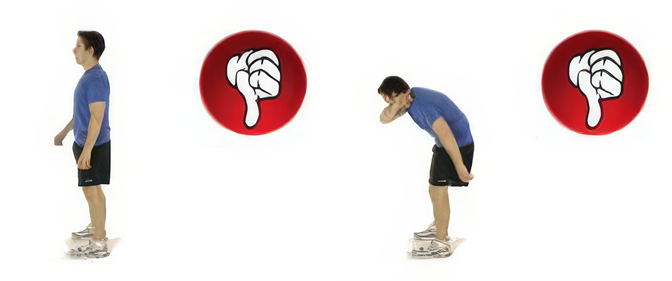
What to do instead
Keep your back straight by supporting your lower back with one hand.
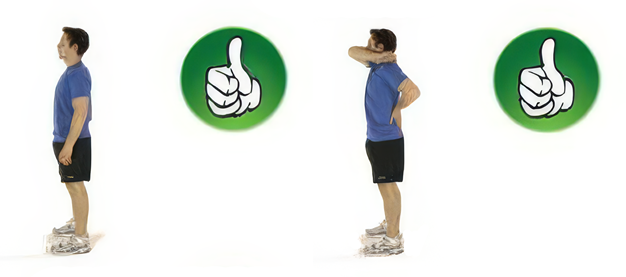
Emptying and filling the dishwasher
What to avoid
Do not twist or bend your back while emptying or filling the dishwasher.
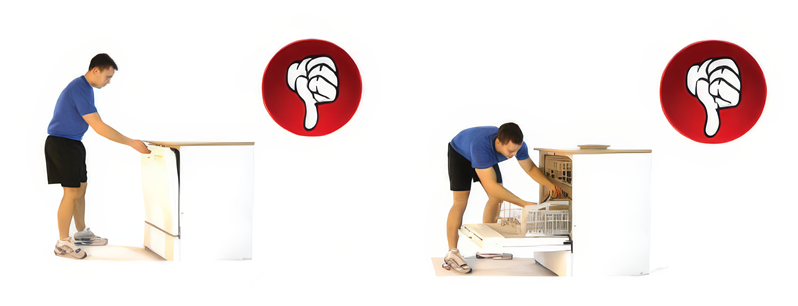
Gardening
Lifting
Always bend your knees and hinge at the hips with your back straight when picking up or putting down an object.
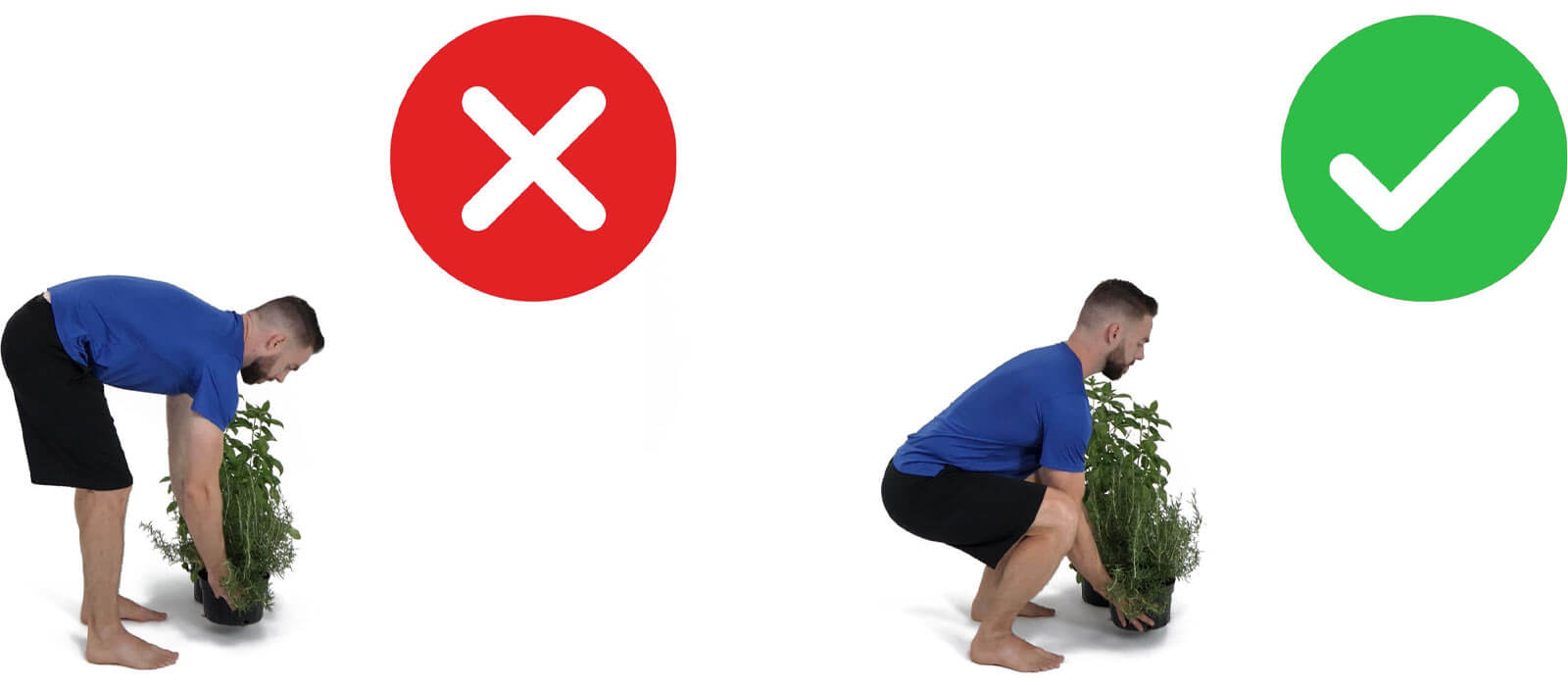
Trunk flexion
Kneel or garden on your hands and knees when weeding or working in flower beds.
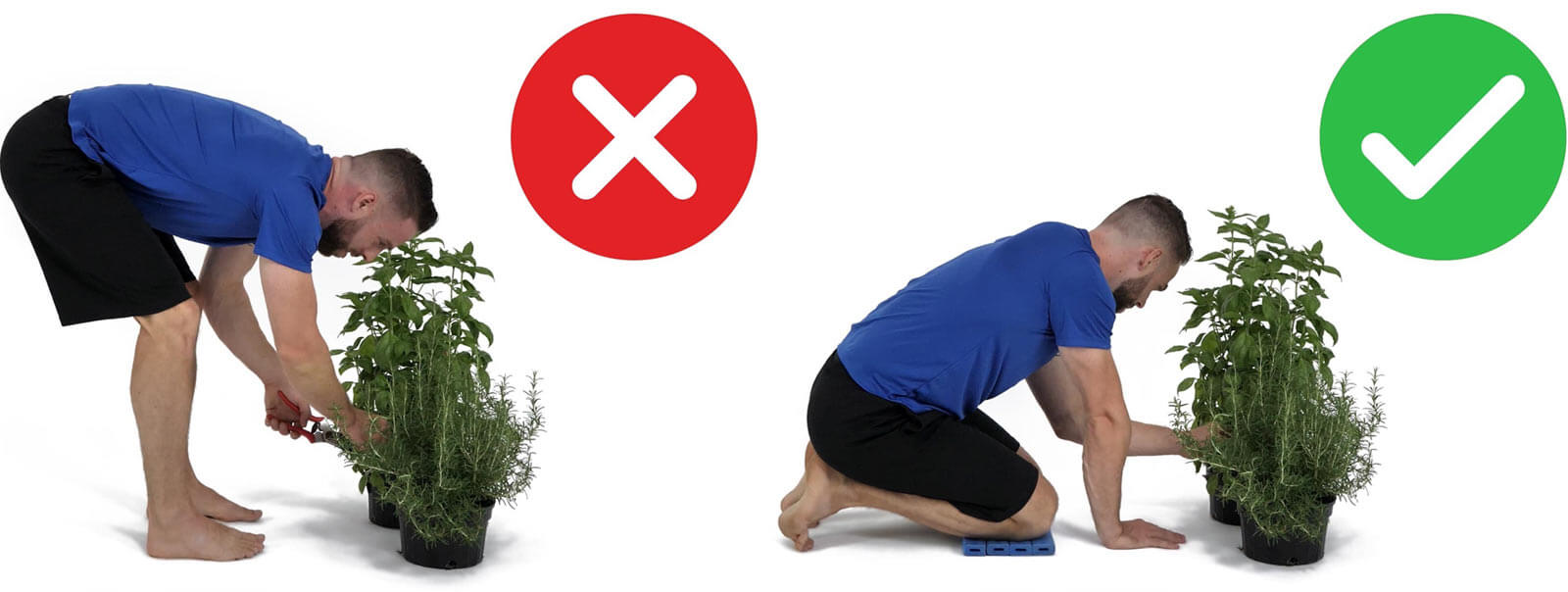
Getting dressed
What to avoid
Avoid rounding your back while getting dressed. This includes leaning forward with a rounded back to put on or remove your socks.
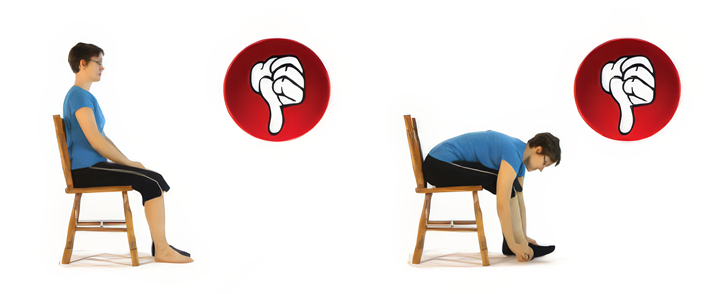
What to do instead
Always keep your spine straight while getting dressed. To put your socks on, bend forward at the hip and knee, bringing your knee towards your torso while keeping your back straight.
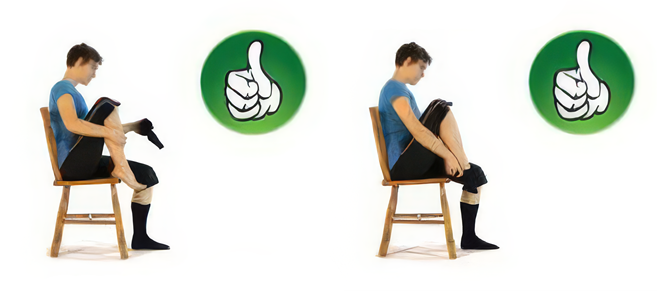
Laundry
What to avoid
Do not take clothes from the washer and put them into the dryer without moving your feet.

What to do instead
Try to do laundry regularly to avoid very heavy loads. It can also be helpful to use a table to sort and fold your laundry. When loading and unloading the washer and dryer, always keep the laundry basket close to you.
Loading clothes into the washer
Put the laundry basket down close to you and stand facing the washing machine. As you move clothes into the washer, move your feet to avoid reaching and twisting with your back.
Emptying the washer
Use your legs instead of your back. Tilt your torso forward while raising one leg behind you as you move clothes into the laundry basket.
Loading the dryer
Squat down and put your clothes in the dryer while keeping your back straight.
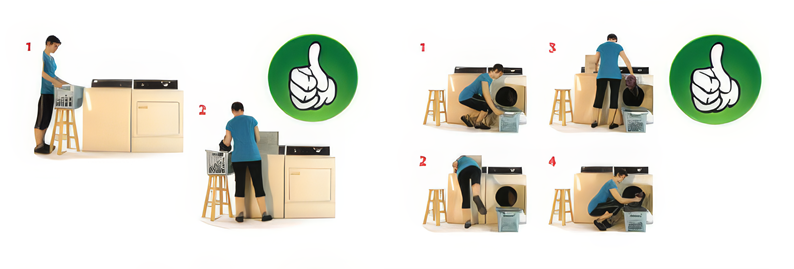
Making the bed
What to avoid
When making a bed, do not reach across the bed, twist or round your back.
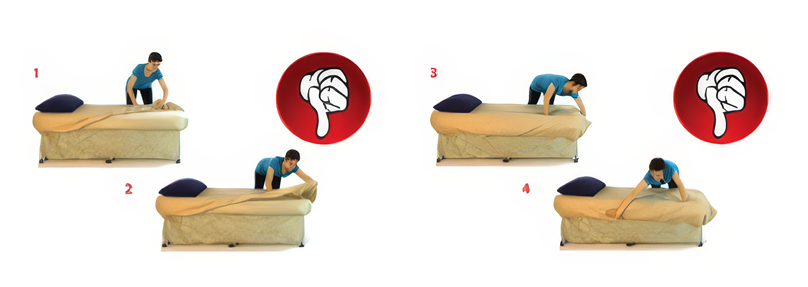
What to do instead
- Straighten the sheets before you get out of the bed.
- Squat or kneel beside one side of the bed. Make the bed completely on that side.
- Walk around to the other side of the bed to make the rest of the bed. Bend your knees as needed to keep your back straight.
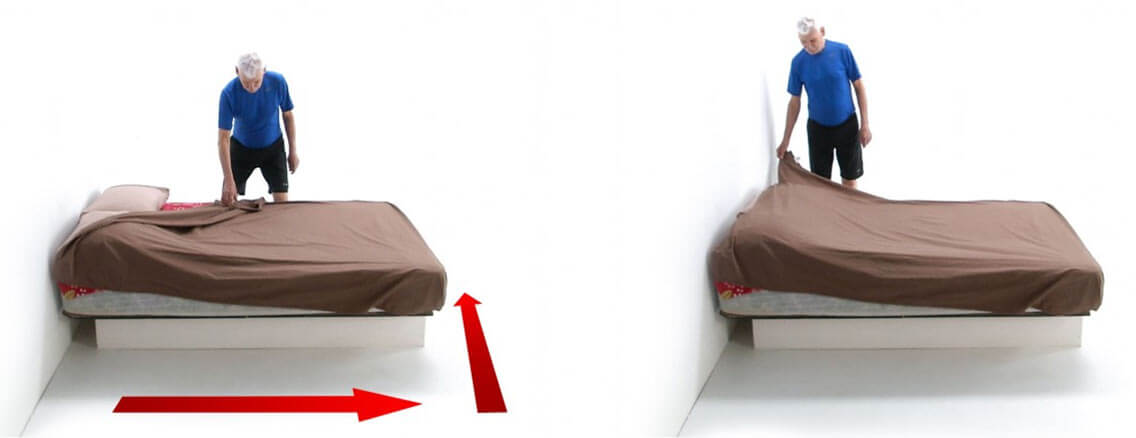
Putting on and wearing a backpack
- Squat or kneel in front of the backpack, or put the backpack on a counter or table.
- Grab the backpack with both hands. Use the strength of your legs to stand up while keeping your back straight.
- Put on one strap at a time. Do not swing the backpack over your shoulder.
- Avoid wearing the backpack over one shoulder.
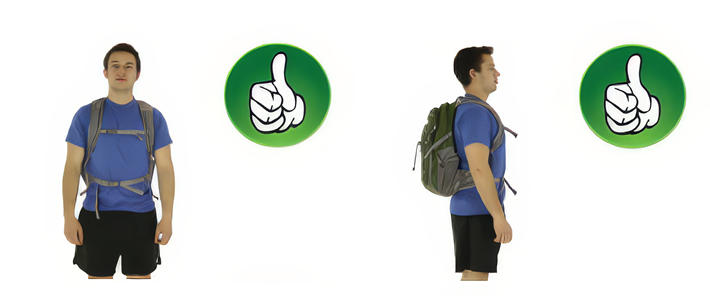
Raking
What to avoid
Do not bend or twist your back while raking. You should also avoid planting your feet.
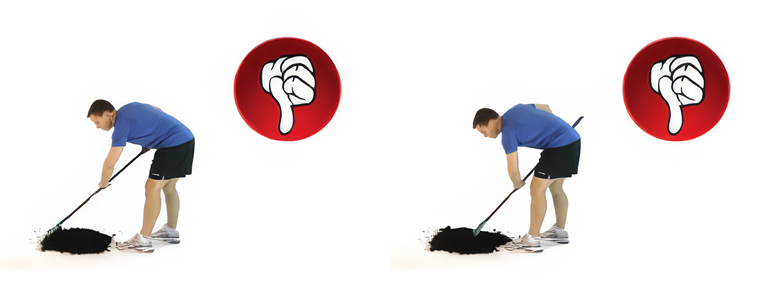
What to do instead
Get close to the surface you are raking. Use your arms and legs to do the work rather than your back, and keep your back straight while you work.
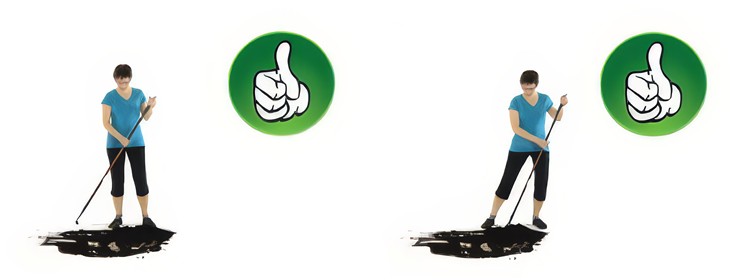
Reading
What to avoid
Avoid tilting your head forward and sitting in a slouched position.
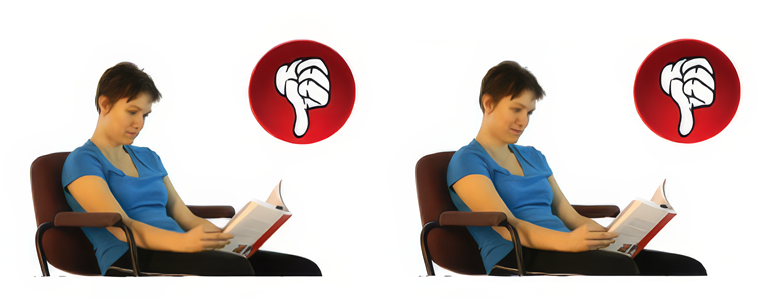
What to do instead
Tilt your book or magazine so you can keep your head straight while you read. You can also use one or two pillows to support your book in a raised position.
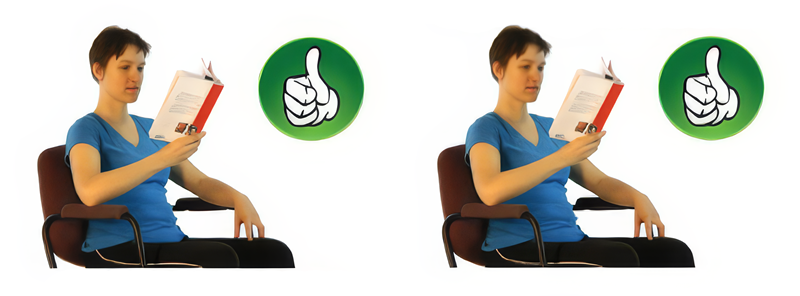
Shoveling
What to avoid
Do not twist or bend your back while shoveling. You should also avoid throwing the contents of the shovel over your shoulder or overloading the shovel.
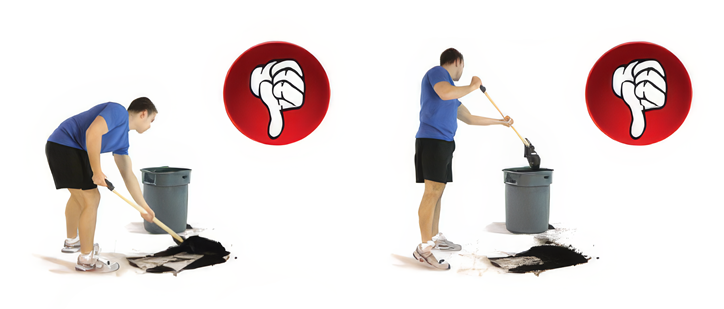
What to do instead
Shoveling is a high-risk activity. Consider having someone else do this for you.
- Place your feet in a stepping position (one foot is further ahead than the other).
- Move your weight to the front leg while pushing the shovel. Bend your knees and keep your back straight while you use your arm and leg strength to lift the shovel.
- Keep the shovel close to you and move your feet in the direction you want to put the shovel contents.
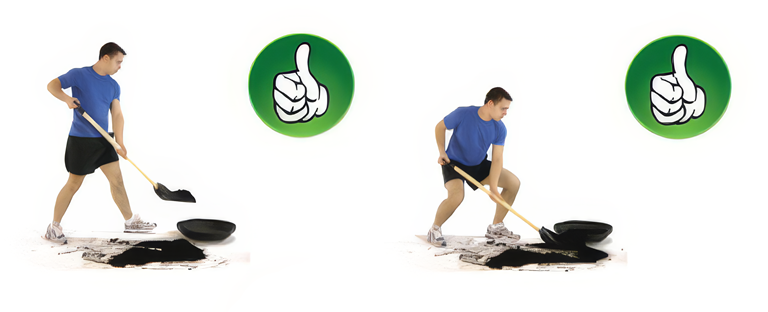
Sitting
What to avoid
When sitting, avoid slouching, letting your head come too far forward and uneven postures. These positions increase strain.
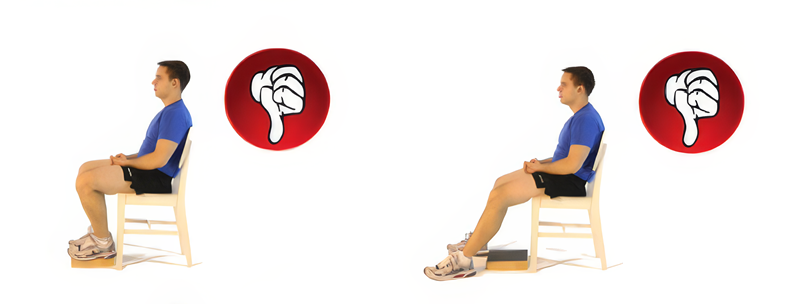
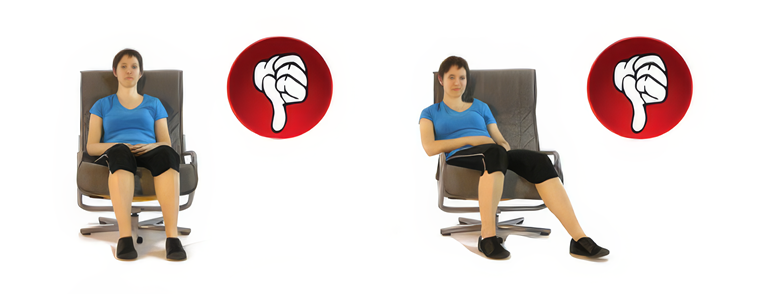
What to do instead
For an optimal sitting position, maintain the following:
- Straight back and relaxed shoulders
- Knees are bent and slightly higher than the hips
- Feet are flat on the ground or resting on a small bench
- Weight of the body is spread evenly over each buttock
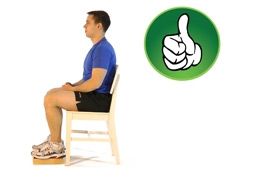
Use a lumbar cushion sitting to help maintain a good posture by providing good support for your spine. Consult a healthcare professional in choosing the right kind of cushion.
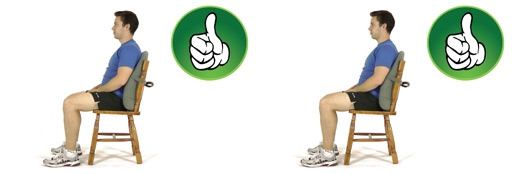
Sweeping
What to avoid
Avoid keeping your feet planted in one spot. You should also avoid twisting or bending your back.

What to do instead
Make sure your legs are doing the work while you sweep. Keep your feet in a stepping position (one placed more forward than the other) and move your weight from one leg to the other. Keep your back straight and your feet close to the broom.

Sweeping up dust
What to avoid
Do not bend your back while picking up dust from the floor.
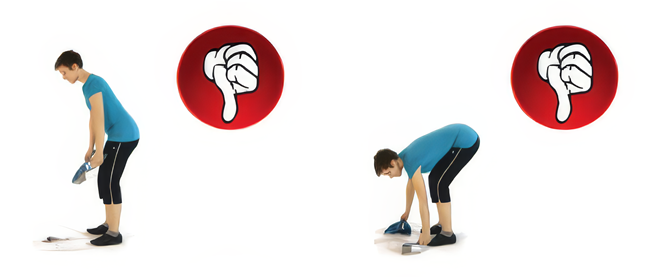
What to do instead
Bend your knees and hinge forward at the hips. Kneel by resting one knee on the ground and keep your back straight.
You can also use a dustpan and broom with long handles to avoid bending.
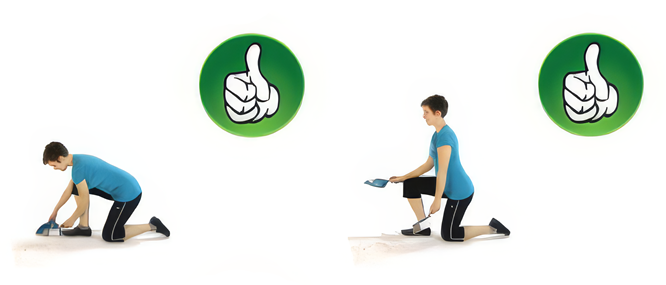
Tying, putting on or removing shoes
What to avoid
Avoid rounding your back while you tie, put on or remove your shoes.
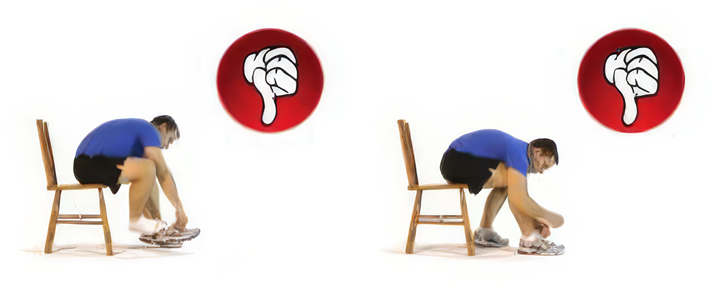
What to do instead
If you cannot bend your knees enough to reach your shoes, use a long shoehorn to help you. You can also rest your foot on a small bench or footrest. Always keep your back straight when tying, putting on or removing your shoes.
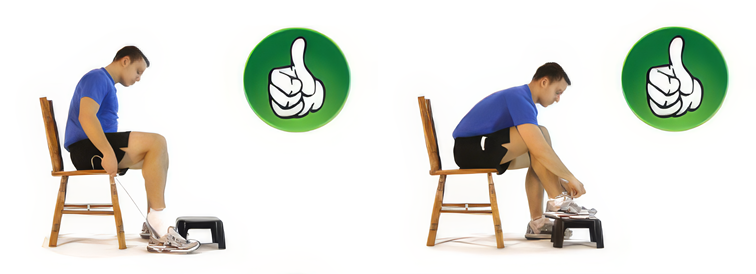
Vacuuming
What to avoid
Do not twist or bend your back while you vaccum.
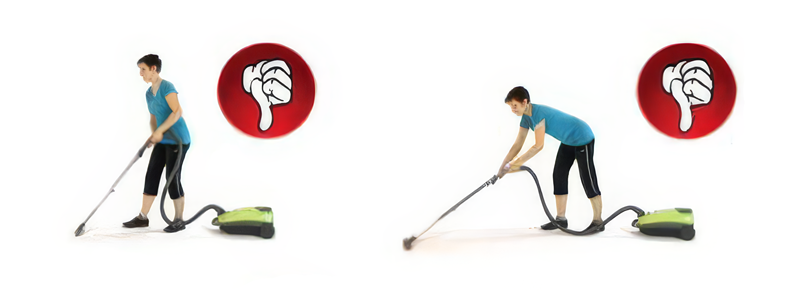
What to do instead
Vacuuming is considered a heavy activity and should be done by someone else whenever possible.
If you must vacuum, keep your arms close to your body and keep your feet staggered (one foot further ahead than the other). Moving from front to back by transferring your weight from one leg to another.
Use an upright or self-propelled vacuum cleaner. If using a canister vacuum, buy an extra section of shaft to lengthen the handle. Having castors on your furniture make it easier to move while vacuuming.

Workstation
What to avoid
Avoid incorrectly adjusting your workstation for your body. Working in the wrong position can cause fatigue, stiffness and pain.
What to do instead
Consider the following criteria for an optimal and ergonomic workstation adjustment (setting):
- Shoulders reaxed
- Arms close to the body and elbows bent at about 90 degrees
- Forearms resting on the armrests or the working surface
- Wrists in neutral position and hands aligned with the forearms
- Back straight with the lower back resting against the backrest
- Thighs parallel to the floor
- Two or three fingers' width of space between the back of the knees and the seat of the chair
- Feet resting on the floor or a footrest (ankles at 90 degrees)
- Eyes are at least one arm's length or 60 centimetres (19 inches) away from the screen
- Head up and eyes looking forward at the upper third portion of the screen
